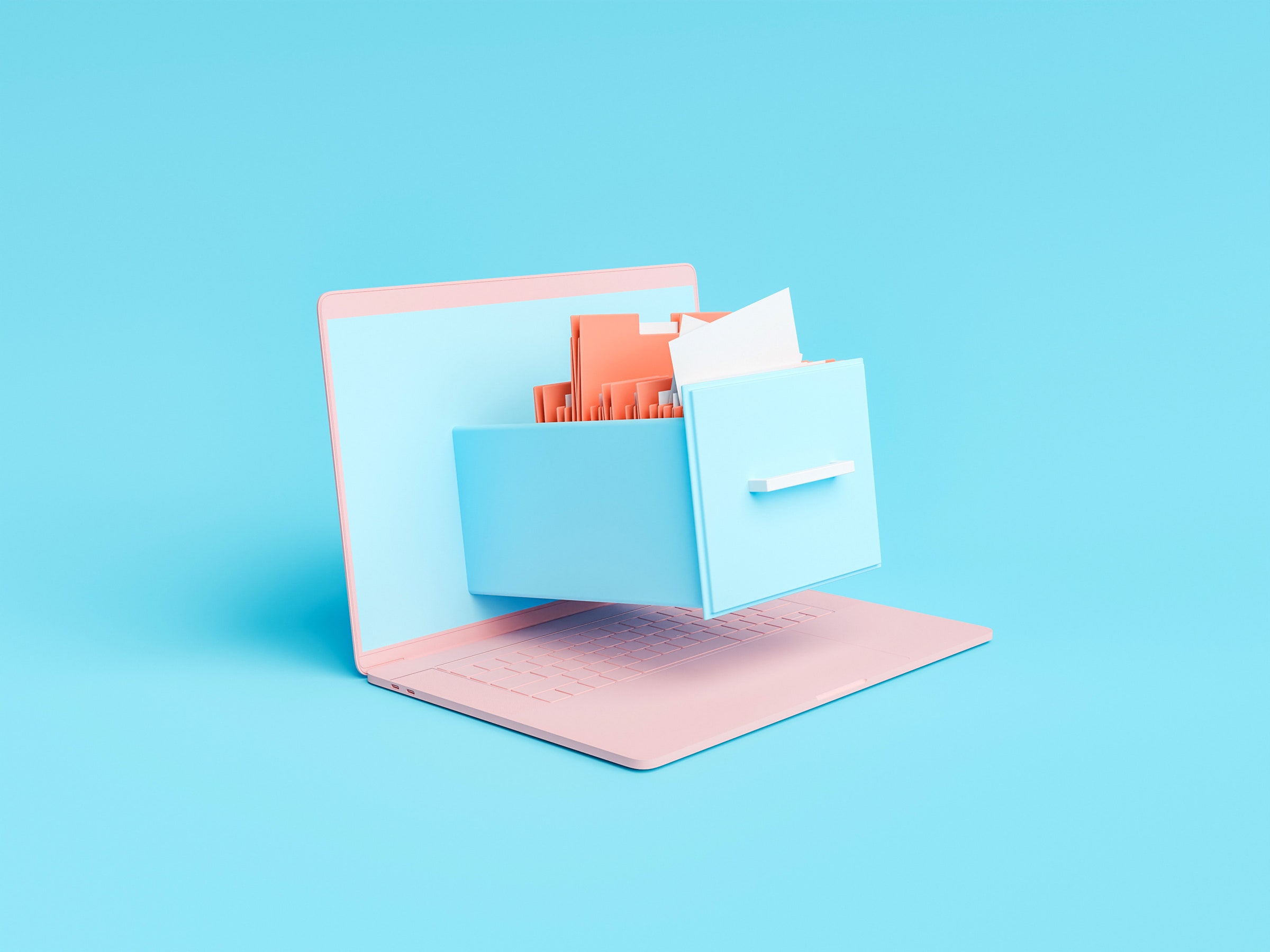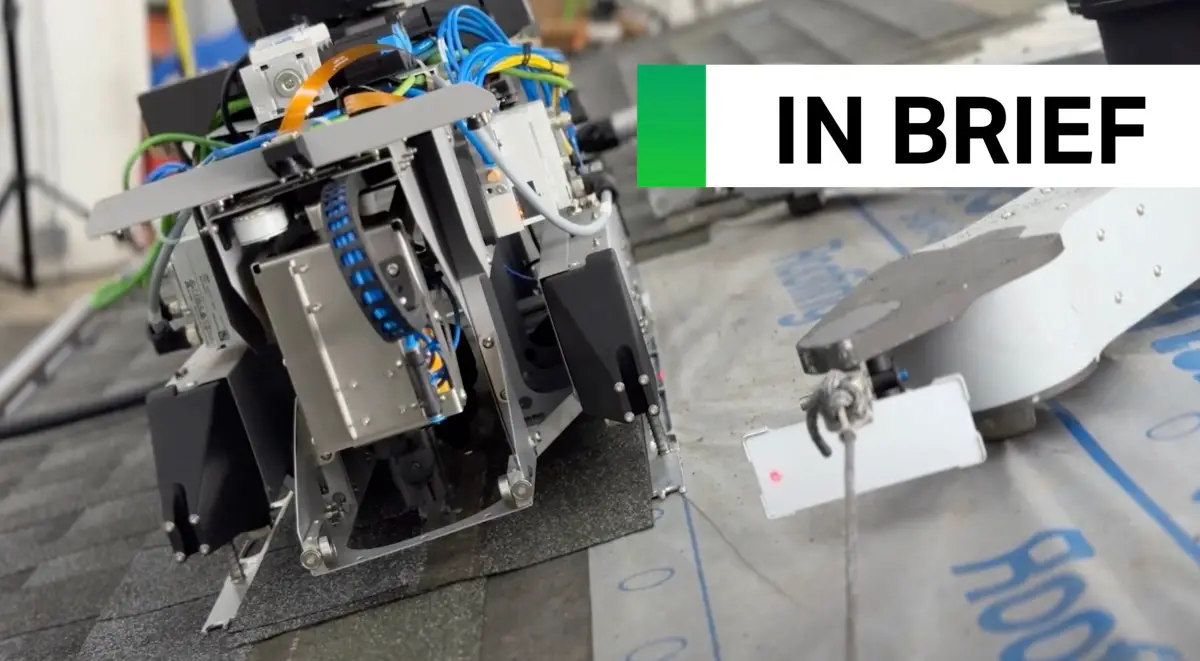Slack offers a free version of its workplace communication app that’s used by plenty of online communities large and small. This free version hides all messages that are older than three months in age, meaning you can’t search for or scroll up to see messages older than that. Until recently, Slack kept older messages on its server even though free users couldn’t see them, the idea being that you could upgrade to gain access to your organization’s entire message archive.
That’s changing this month. If you have a free workspace account, Slack is going to delete all messages older than one year on August 26, 2024. It’s understandable you might want to keep an archive of your older conversations, and you can, but you need to act now.
Slack allows administrators of any Slack instance to export an archive of all messages in public channels. The archive isn’t exactly easy to read or browse, but you can change that with the right software. You can also migrate all of your messages over to Discord, if you’d prefer to use a messaging service that doesn’t limit access to your archive. Let’s start by showing you how to back up your Slack archive and then explore the tools that give you access to it.
Export Your Slack Archive
Slack via Justin Pot
First you will need to export your Slack archive. To do this, you need to be an admin for the Slack you want to export. In Slack, click the name of your Slack in the top-left corner, hover over Settings & administration, then click Workplace settings. This will open the Settings & Permissions page in your browser, where you will see an Import/Export Data button.
Click that, then click the Export tab. Select the date range you want to download, and click Start Export. The export process could take anywhere from a few minutes to a couple of hours, depending on how big your Slack archive is. You will get a Slackbot DM when it’s done, though, so don’t feel like you need to leave the window open. When it’s ready, the archive will be a ZIP file, which you should unarchive.
You’ll notice that the archive is not easy to read—the exported archive is just a bunch of JSON files. If you want to browse or restore these conversations, you’re going to need to do some work.
Browse Your Archive on Your Computer
ScreenshotCourtesy of Justin Pot
If you want a user interface to explore your old Slack archives I recommend Slack Log Viewer, which is a free download for Windows or Mac. It’s a little rough around the edges, granted, but with it you can explore old messages by channel, search old messages, and even view profiles. Note that the Mac version is currently unsigned, so you’ll have to right-click and click Open in order to open it.
All you need to do is launch the application and point it to your Slack archive—both directories and ZIP files are supported. You can now browse and search every public message from your Slack archive.
Export Your Slack Archive to Discord
Maybe it’s not enough to have a local backup of your Slack history—maybe you want to make it available to your entire community by porting your archive to Discord. You can do that using an application called Slackord.
The downside: It’s a little bit complex to get started. There are instructions on the GitHub page that I struggled through, and what follows is my attempt to simplify things. I’m using the Windows version for this tutorial; the application also works for Linux and macOS if you’re willing to use the command line.
First, download Slackord. Before you open it, though, you’ll need to set up a Discord bot—here’s a link to get started. Click New Application, naming it whatever you want. Click 0Auth2 in the left hand panel. Click Bot under Scopes. A new subfield titled BOT PERMISSION will open; click Administrator. Copy the Generated URL and open it in a new tab to add the bot to your server.
Go back to the tab where you were building the bot and head to the Bot section in the sidebar. Make sure that Public Bot and Requires OAuth2 Code Grant are both turned off and that Message content intent is turned on. Next click the Reset Token button, then click Do it. You may need to enter your Discord password at this point. You will see a new token appear. Copy the token and save it in a text document. You will be asked if you want to save your changes—click Save.
Courtesy of Justin Pot
Now open Slackord on your computer. Next click Import Server. Browse to the Slack archive you downloaded earlier, making sure to unarchive the file if you haven’t already. The parsing process may take a while, depending on how large the archive is.
When parsing is done, click the Set Bot Token button and paste your token when asked. Next, click the Connect button. This will connect Slackord to Discord—you can tell it’s working if the bot you created shows up as online in Discord. Now you can type “/slackord” in Discord. The app will get to work immediately importing everything in your Slack archive into Discord, meaning now you just need to lean back.
The bot will create a Discord channel for every single one of the channels you had on Slack, then automatically post all of your messages in the appropriate channel, complete with profile pictures, usernames, and timestamps. This process takes a while, and if Discord is open, prepare yourself to hear notifications for every single post. You can close the Discord application if this gets annoying—Slackord will keep on keeping on. Just know that your complete Slack archive will live on in Discord. Now you just need to get your friends to make the switch. And if your friends are new to Discord, we have a guide to help them get started.










